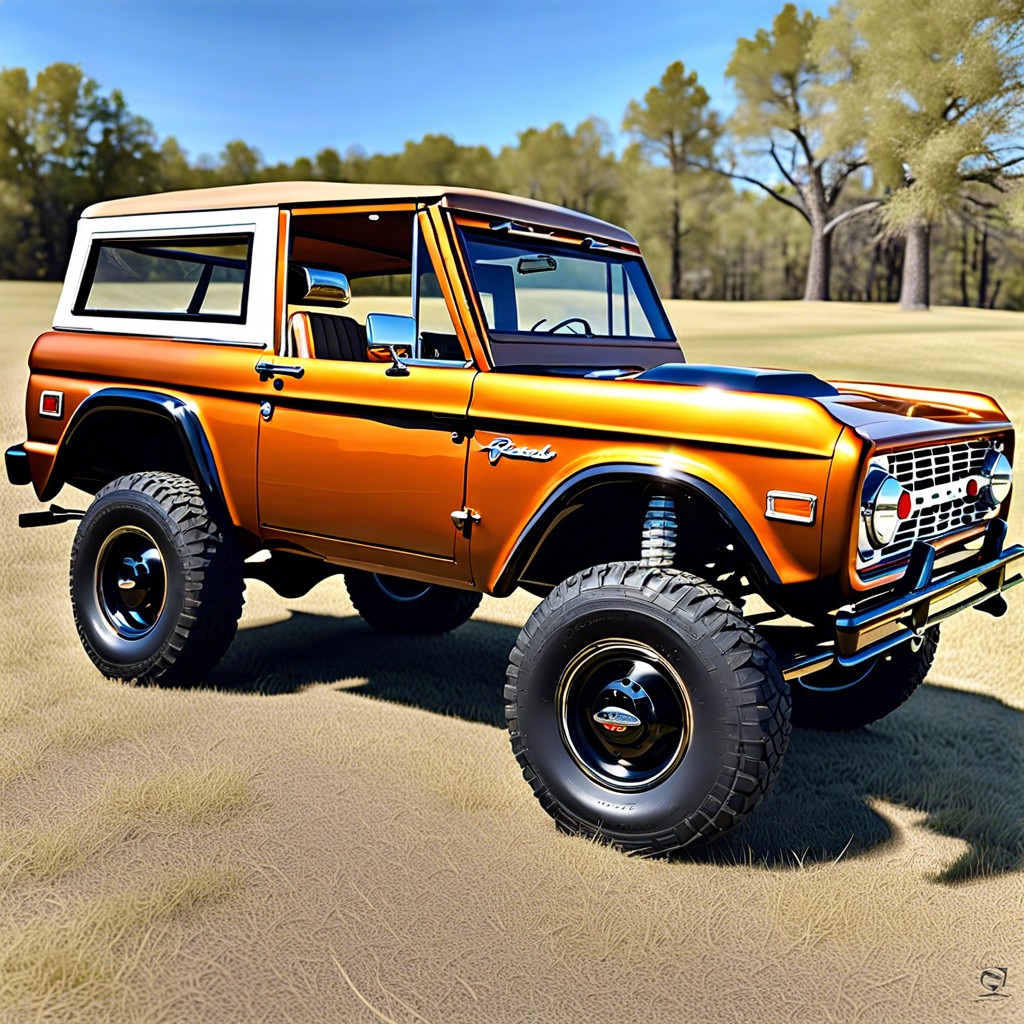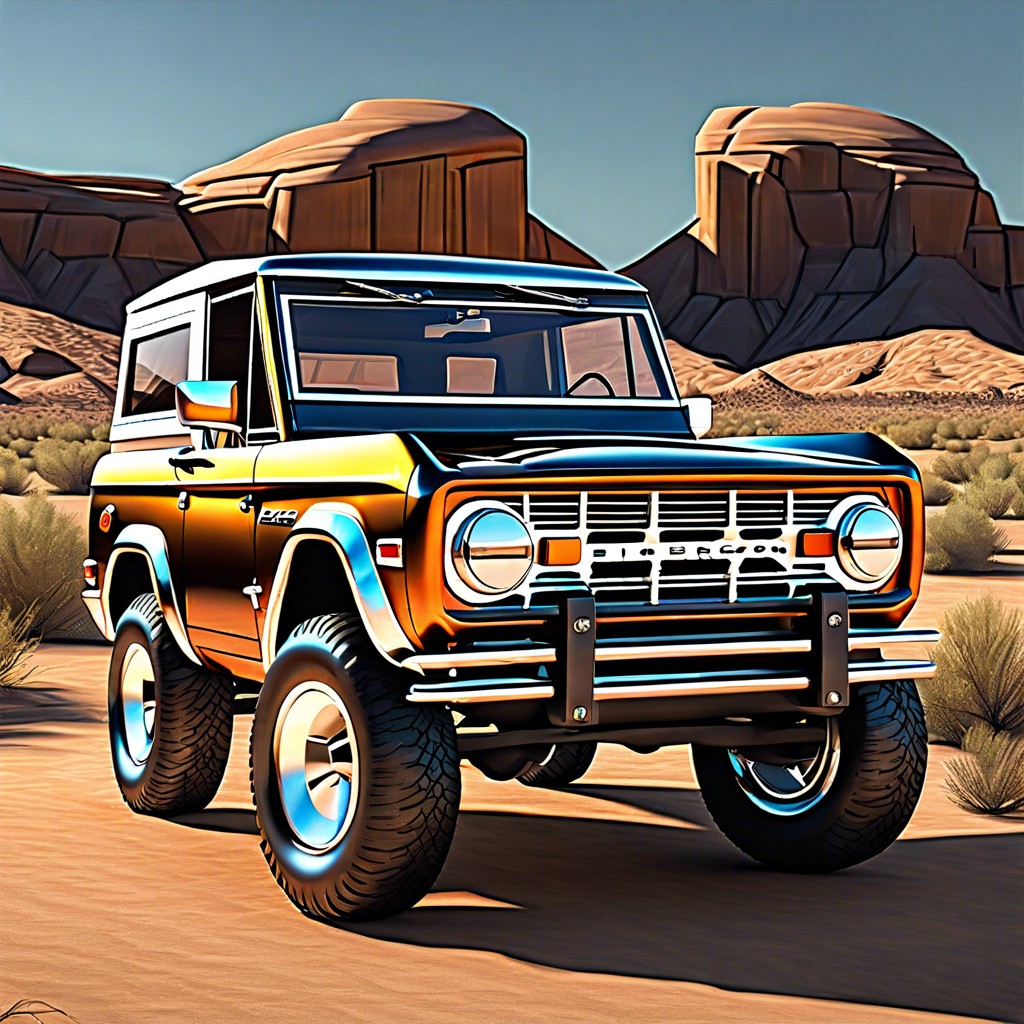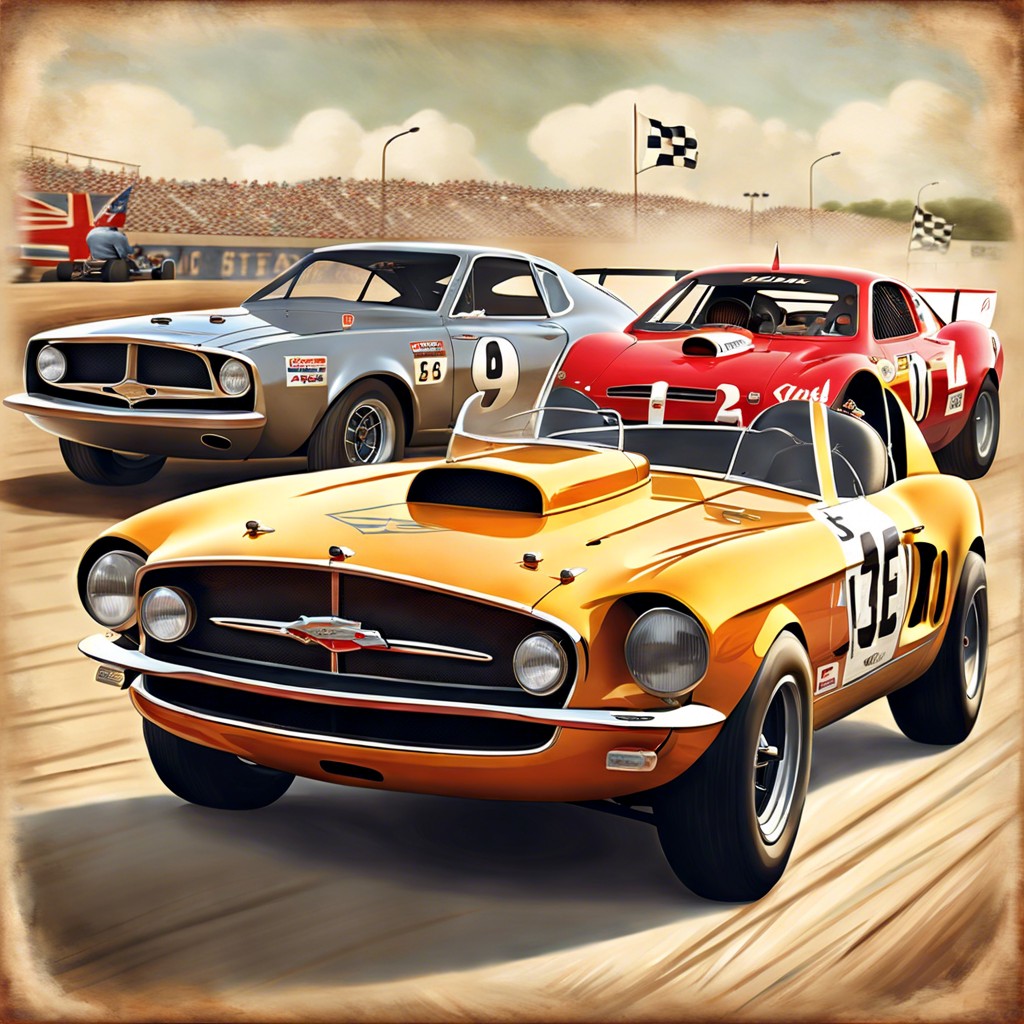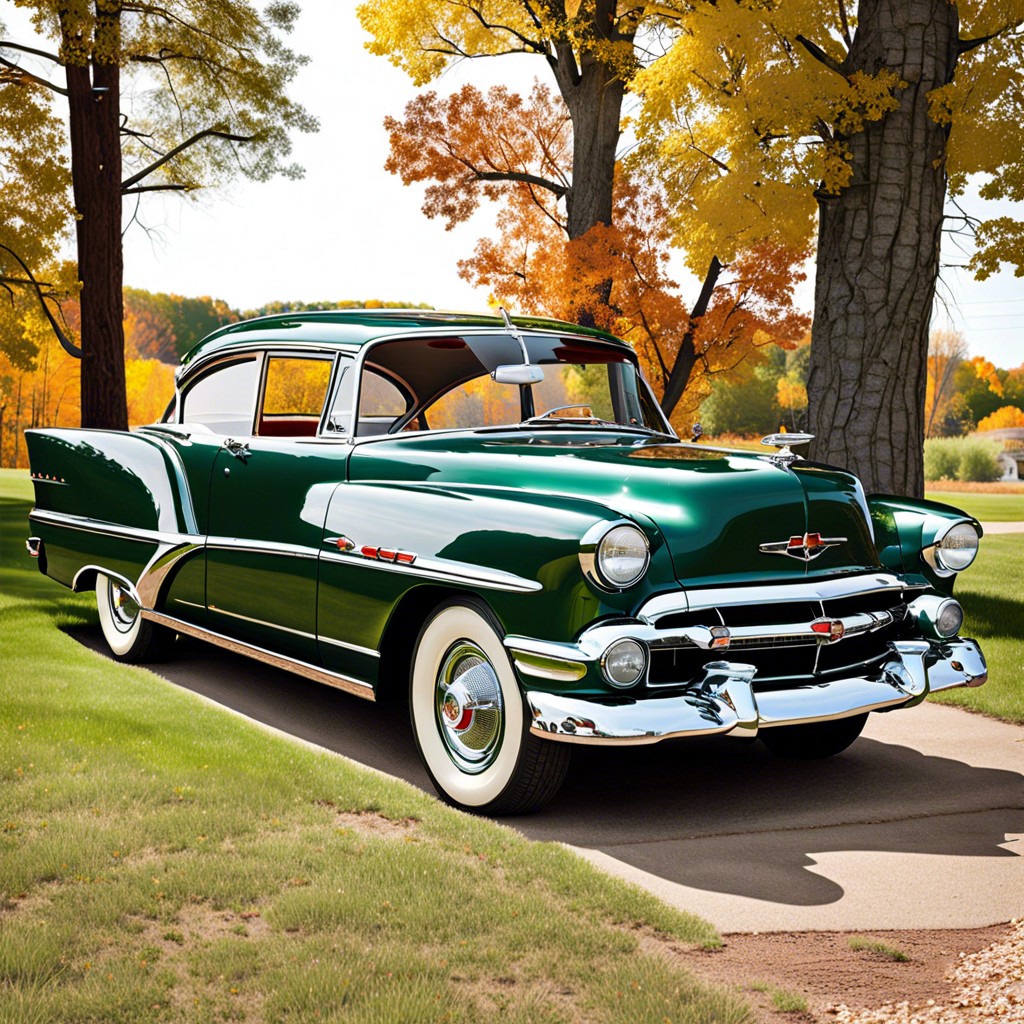Last updated on
Discover practical tips on purchasing a vintage Land Rover, covering aspects from model history to evaluation criteria.
Key takeaways:
- Vintage Land Rovers have a rich history and iconic design.
- Key models include Series I, II, III, and Defender.
- Vintage Land Rovers are valuable collectibles with increasing demand.
- Regular maintenance is essential for preserving their value.
- Vintage Land Rovers maintain their relevance amidst modern innovations.
History of Vintage Land Rover
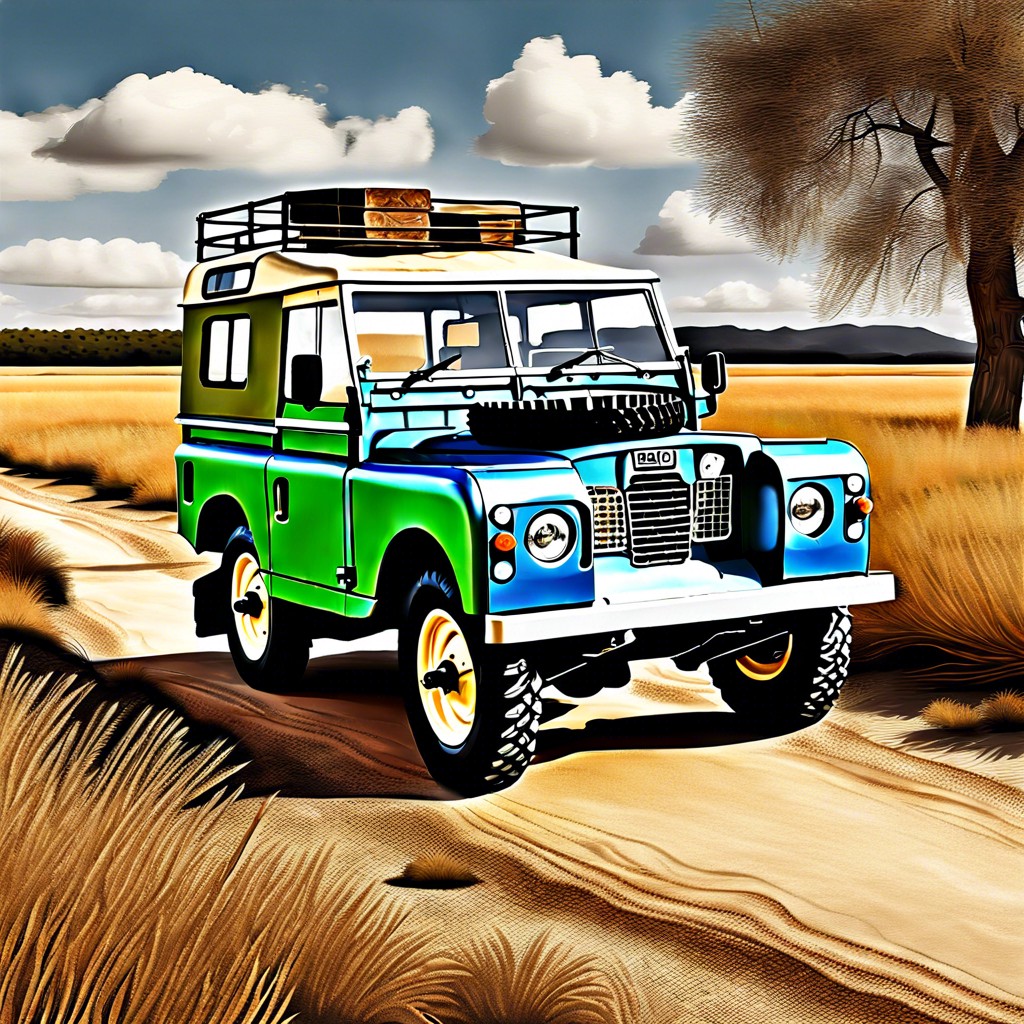
Land Rover, an iconic British brand, first made its mark in 1948 with the debut of its Series I at the Amsterdam Motor Show. Initially designed for agricultural use, it quickly became renowned for its unparalleled durability and go-anywhere capabilities. As the years progressed, Land Rover expanded its line, incorporating advancements in comfort and technology without sacrificing its rugged off-road prowess.
The transition from the Series I to Series II in 1958 saw improved aesthetics and a more robust build, increasing its appeal beyond merely functional uses. By the time the Series III rolled out in 1971, Land Rovers were appreciated both for utility and as lifestyle vehicles, symbolizing adventure and exploration across various terrains.
These vehicles have since stood the test of time, becoming treasured collectibles rooted in a rich history of innovation and resilience. The reverence for vintage models is driven by their simplistic, utilitarian design, mechanical sturdiness, and the nostalgia they evoke—a testament to decades of engineering excellence.
Key Models and Their Features
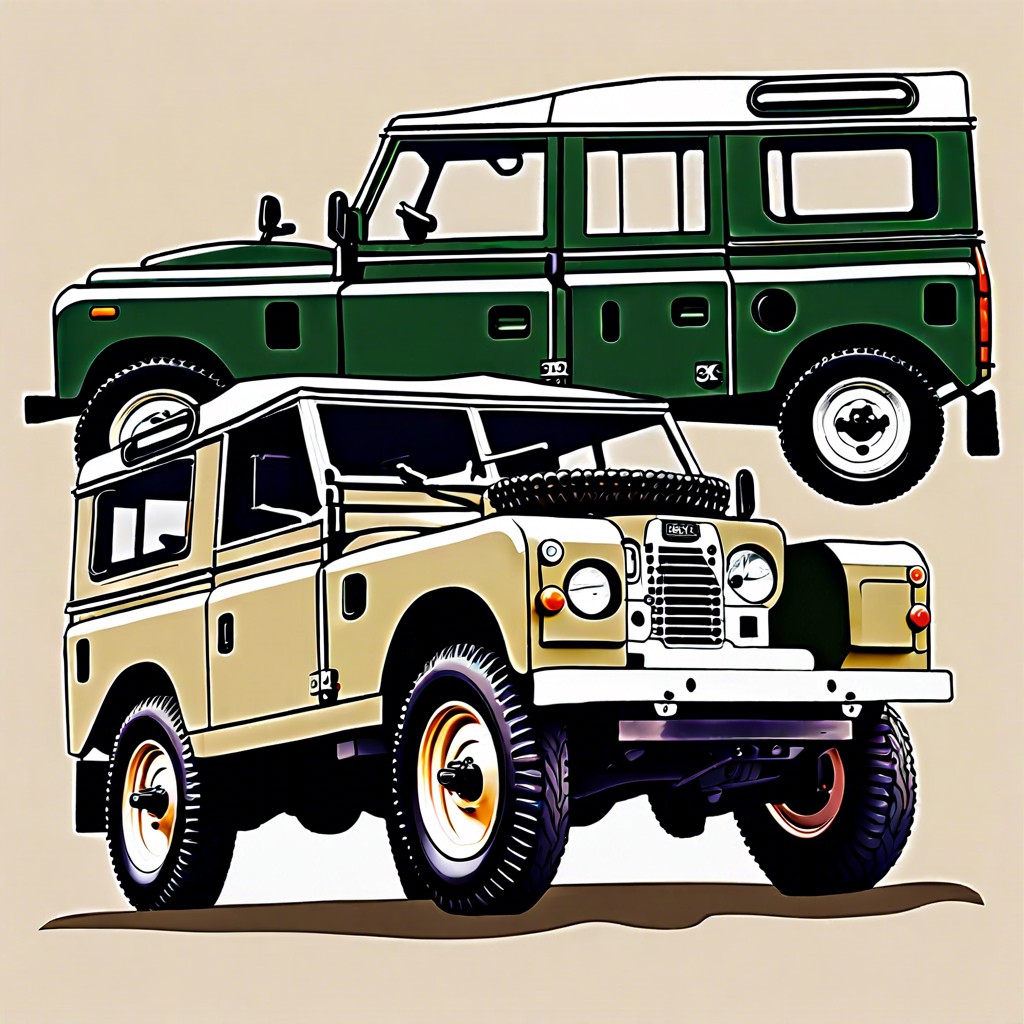
The Series I, launched in 1948, is recognized for its simplicity and robust aluminum body, suited to tackle rough terrains with ease. Its headlights, initially placed behind the grille, were a distinctive feature that added to its utilitarian charm.
Moving on to the Series II of 1958, this model introduced a more refined design with a wider body for increased interior space and a rounded barrel side waist. It also featured upgraded engines, improving both performance and reliability.
The Series III, debuting in 1971, brought in synchromesh on all forward gears and a more comfortable interior, signaling a shift towards slightly more consumer-friendly features while maintaining the rugged essence of the brand.
The Defender, introduced in 1983, marked a significant evolution with its introduction of coil spring suspension, permanent four-wheel drive, and a more modern interior, yet it retained the classic boxy shape of its predecessors.
Each model over the decades has built upon a heritage of durability and adaptability, appealing not just to adventurers and military but also to families and collectors. These vehicles are more than just cars; they are treasured pieces of history that continue to charm and impress.
The Value of Vintage Land Rovers in Today’s Market
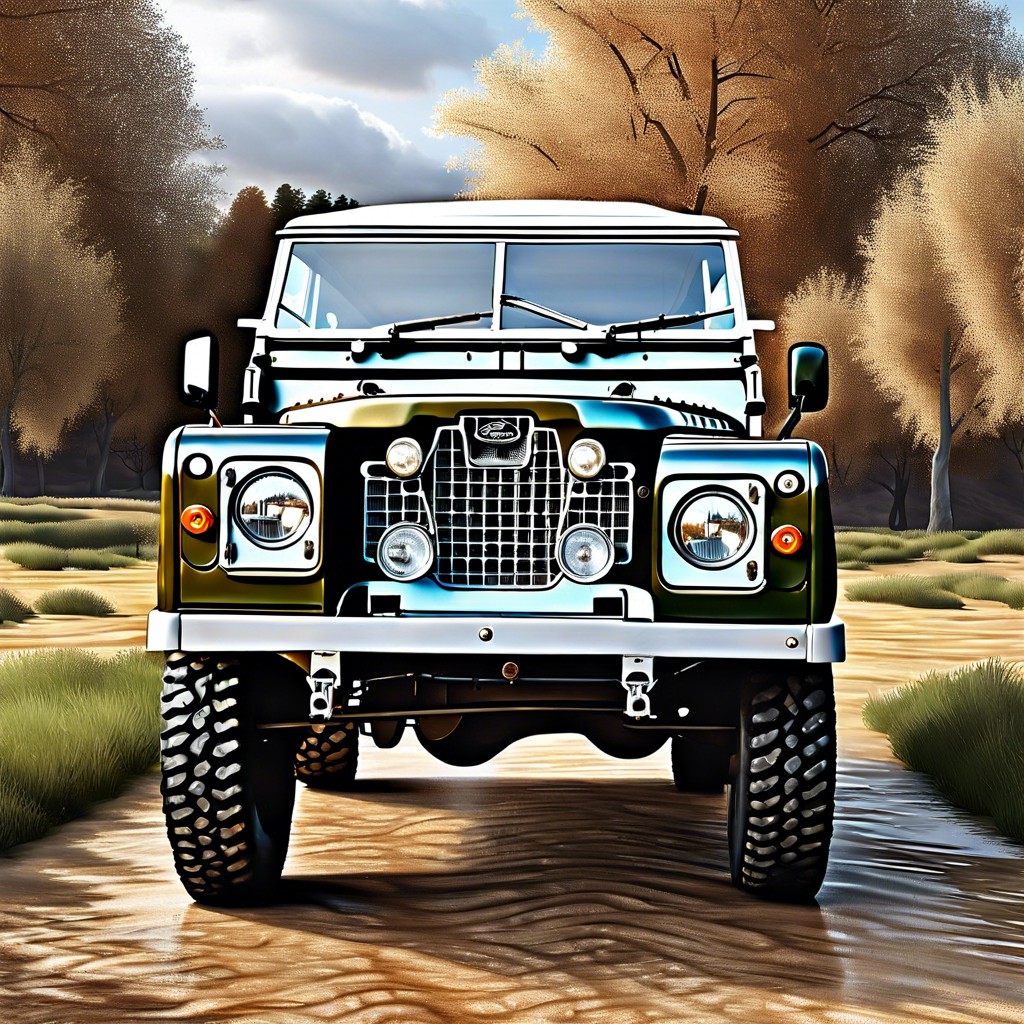
Vintage Land Rovers are gaining traction in the market as collectible items. Their rugged charm combined with historical significance makes them an attractive investment. Prices vary depending on model, condition, and originality, with fully restored pieces fetching premium values.
Collectors prize models like the Series I, II, and Defender for their historical importance and unique design features typical of their production era. Rarity also plays a crucial role; limited production models or those with historical documentation often command higher prices.
The surge in popularity of classic vehicles contributes to increasing demand. Enthusiasts are driven by nostalgia and the enjoyment of owning a piece of automotive history, which keeps the market buoyant.
Maintenance and preservation can significantly influence value. A well-preserved Land Rover with documented history of upkeep and original parts can be more desirable than a modified or poorly maintained vehicle.
The emotional connection many have with these vehicles often transcends pure financial investment, adding a personal value that’s not purely monetary.
Maintenance Tips for Vintage Land Rover Owners
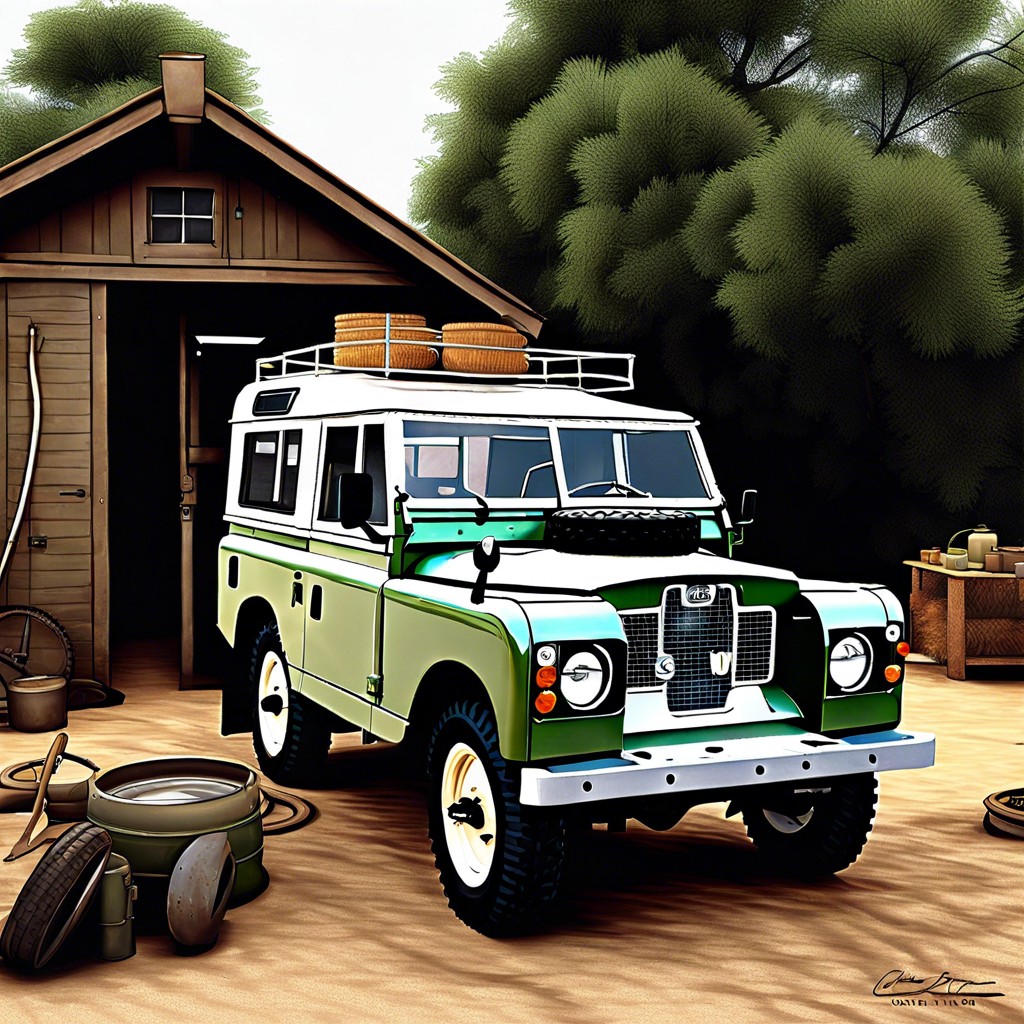
Maintaining a vintage Land Rover requires a blend of regular attention and keen awareness of its unique needs. Here are several essential tips to keep your classic vehicle running smoothly:
Schedule regular oil changes to ensure the engine operates effectively. Vintage models often need more frequent oil changes than modern cars due to their age and design.
Address rust proactively. Given that older Land Rovers often have steel bodies, they are prone to rust. Regularly check for rust spots, especially after driving in wet conditions, and treat them immediately to prevent spread.
Keep an eye on the electrical system. Wiring in older vehicles can degrade over time, leading to reliability issues. Inspect wiring regularly for signs of wear or damage, and replace faulty components promptly.
Use genuine or high-quality reproduction parts. To preserve the authenticity and functionality of your vintage Land Rover, avoid using cheaper, modern parts that might not align with the vehicle’s specifications.
Engage with a specialist mechanic. For complex issues or regular check-ups, consult a mechanic who has experience with vintage Land Rovers. Their specific expertise can be invaluable for maintaining the vehicle’s performance and value.
By taking these proactive steps, you can enjoy the rugged charm of your vintage Land Rover for years to come.
Future of Vintage Land Rovers Amidst Modern Innovations
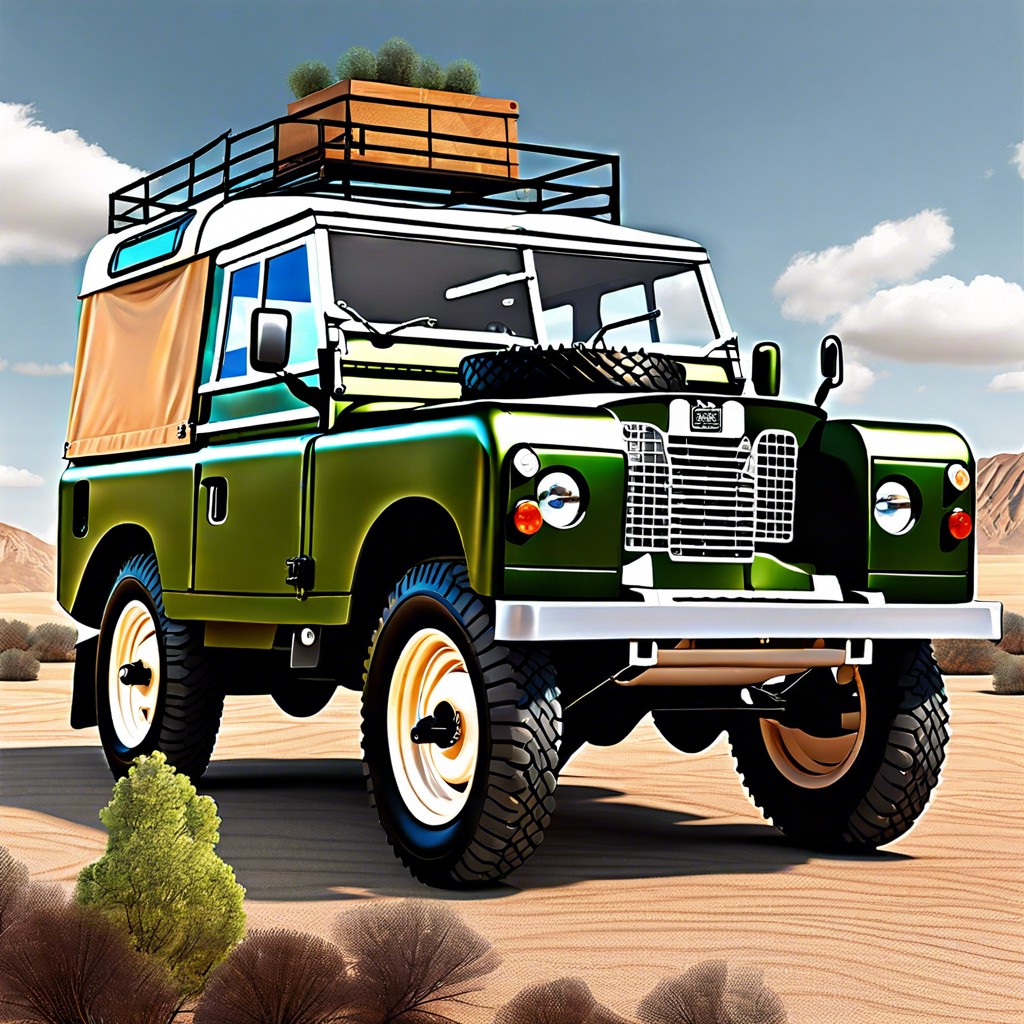
As automotive technology advances, vintage Land Rovers hold a special place. They symbolize robustness and adventure but also face challenges integrating with modern tech. Amidst electrical vehicles and autonomous features, these classics carve out a niche for enthusiasts and collectors who cherish mechanical simplicity and historical value.
Firstly, there’s a growing trend towards retrofitting these old-school machines with electric powertrains. This not only breathes new life into aging vehicles but also aligns them with environmental norms, thus extending their relevance.
Moreover, there’s increasing support in terms of parts availability and expert knowledge from a network of restoration specialists. This community ensures that maintaining a vintage Land Rover is less about hassle and more about passion.
Lastly, as laws tighten around emissions and fuel types, owning a vintage model could involve navigating regulations. However, this can also enhance their rarity and value as collectors’ items, making them prized possessions in the eyes of enthusiasts.
Vintage Land Rovers, thus, remain not only a testament to automotive history but also a canvas for innovation and a beacon for sustainable practices in vintage vehicle care and usage.
